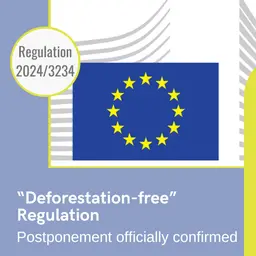
It is a habit now for the European Commission, especially when “sensitive” or “topical” cosmetic ingredients are involved: soon after the release of the opinions from the scientific committees, it publishes an explanation understandable by the public at large, prior to their transposition in the regulation on cosmetics. It did so, for the second time, about Zinc oxide (nano form), especially in sunscreen products.
Source: Document ‘’Zinc Oxide (nano form)’’, published by th European Commission on 12 August 2013
1. What is zinc oxide (ZnO) used for?
Zinc oxide is a largely inert, white compound which is used very widely as a bulking agent or filler, and as a white pigment. It is also used in a many cosmetic and medical products and in toiletries, as it has antibacterial and deodorant properties. It is often found in, for example, baby powder and anti-dandruff shampoos.
Its strong absorption of ultra-violet (UV) light has led to its use in sunscreen lotions, for both adults and children.
2. Why use ZnO nanoparticles in sunscreens, and what are they?
Standard production sees zinc oxide made from zinc vapor, and yields micro-particles, typically a few micrometers (a millionth of a meter) across. These are good for making white pigment. They also make your sunblock white, which may stop some people using enough of it.
Even smaller particles can be made which do not have this dense white coloring. They can be used in sunscreens which some people prefer because they do not appear as an opaque white layer on the skin. Such sunscreens contain nanoparticles– defined as …















